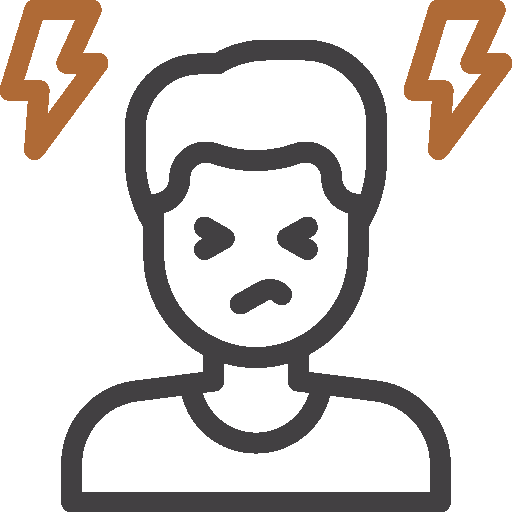Xanax is a commonly prescribed medication for managing anxiety and panic disorders, offering fast-acting relief and a sense of calm to millions worldwide. Its effectiveness has made it a go-to solution for those seeking to ease the weight of anxiety.
However, like many medications, Xanax comes with potential drawbacks. Prolonged or excessive use can lead to dependence, and stopping the drug suddenly may trigger a challenging and potentially dangerous process known as Xanax withdrawal.
In this article, we’ll explore Xanax withdrawal in depth—discussing its symptoms, associated risks, and why seeking professional medical support is crucial for a safe and successful recovery.







